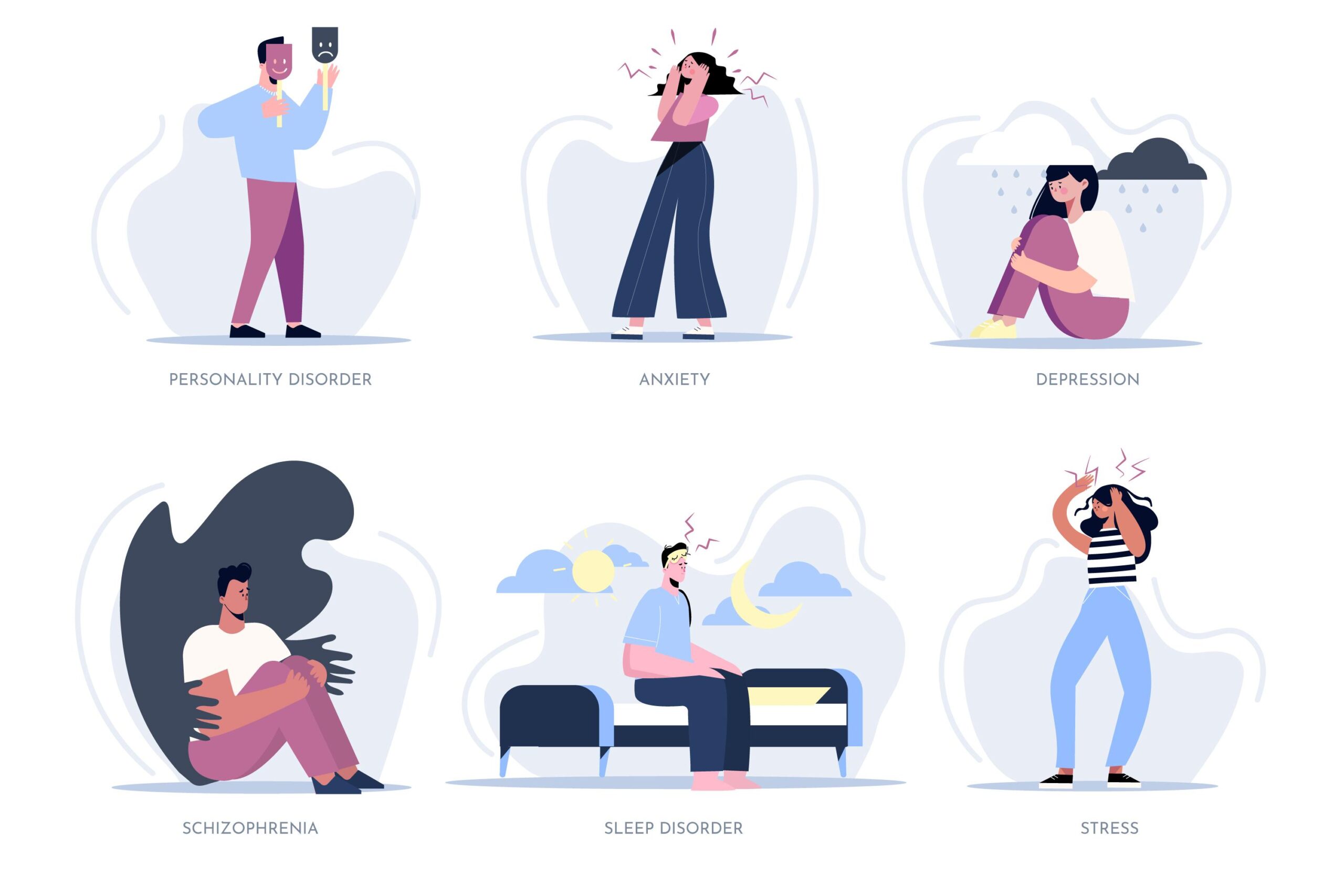Depression vs Sadness: Understanding the Difference
This article has been researched and written by Nayla Daou. AI has not been used in producing this article.
While often used interchangeably, the terms “sadness” and “depression” represent distinct emotional states, each with its own implications for mental well-being. Distinguishing the differences between them is essential for ensuring individuals receive the appropriate support and treatment they need.
This blog post will cover key differences and ways to recognize them.
What is Sadness?
Sadness emerges naturally in response to adversity, loss, or disappointment, representing a fleeting emotional state often tied to particular events, or situations.
It’s a transient feeling that typically arises in response to specific events or circumstances. Feeling sad is a normal part of the human experience and often resolves on its own or with the passage of time. It may be accompanied by tearfulness, low energy, or a temporary decrease in motivation.
Understanding Depression
Depression, on the other hand, is a clinical mental health condition characterized by persistent feelings of sadness, hopelessness, and emptiness. Unlike sadness, depression doesn’t necessarily have an identifiable trigger and can persist for weeks, months, or even years. It often interferes with daily functioning, impacting various aspects of life such as work, relationships, and self-care including hygiene practices.
Key Differences
- Duration: Sadness is temporary and tends to fade over time, whereas depression persists for an extended period, often lasting for weeks or months without significant improvement.
- Intensity: While sadness can be distressing, depression is usually more intense and pervasive, affecting multiple areas of life and causing significant impairment in functioning.
- Physical Symptoms: Depression may manifest with physical symptoms such as changes in appetite or sleep patterns, fatigue, and unexplained aches or pains, which are less common in transient sadness.

Recognizing the Signs
- Persistent Low Mood: Feeling persistently sad, empty, or hopeless, regardless of circumstances.
- Fatigue: Persistent feelings of fatigue, even after restful sleep.
- Loss of Interest: Losing interest or pleasure in activities that were once enjoyable.
- Changes in Appetite or Weight: Significant changes in appetite leading to weight loss or gain.
- Sleep Disturbances: Insomnia, difficulty falling or staying asleep, or oversleeping.
- Difficulty Concentrating: Difficulty focusing, making decisions, or remembering things.
- Feelings of Worthlessness or Guilt: Persistent feelings of worthlessness or excessive guilt, often without valid reason.
- Unexplained Physical Pain: If any medical condition is ruled out and you continue to have digestive issues, or constant headaches without a clear cause.
- Thoughts of Death or Suicide: also known as suicidal ideation. These thoughts can range from fleeting considerations of death to more detailed plans for suicide. People experiencing suicidal ideation may feel overwhelmed by their emotional pain and may believe that death is the only way to escape their suffering.
Seeking Help
If you or someone you know is experiencing symptoms of depression, it’s essential to seek professional help. A mental health professional can provide an accurate diagnosis and develop a personalized treatment plan, which may include therapy, medication, lifestyle changes, or a combination of these approaches. Depression treatment is crucial in managing the condition and promoting recovery.
While sadness and depression share some similarities, they are distinct emotional states with different implications for mental health. Understanding the differences between them can help individuals recognize when support or intervention is needed. By seeking appropriate help, people experiencing depression can work towards recovery and improved well-being.
Article prepared by Bruna Moubarak.
Why Worrying Doesn’t Really Prepare You For The Worst
Many people believe that a certain amount of anxiety before an exam, an interview, or before an …
A Safe Space for Big Feelings
It’s back to school season. Children and parents alike are navigating more stress – school demands …
Understanding the Nuances of Therapeutic Engagement
It is a familiar scene in private practice: a teenager sits opposite you, not because they chose …
What If ADHD Is a Cry for Connection?
When parents encounter the diagnosis of Attention Deficit/Hyperactivity Disorder …
Your Partner, Your Symptom ! A Different Way of Seeing Relationships
This is an invitation to look at relationships from a different perspective, inspired by …
Learn Exactly What Panic Attacks Are And Some Effective Ways to Manage Them
The confusing reality of a panic attack: your body’s built-in alarm system has gone off when …
Understanding Trauma Bonding
Trauma bonding is a confusing emotional attachment that forms between a person and …
Parents – Did You Know ? It Isn’t Only About Your Child
One of the most common things parents say when walking into the therapy room is: “We just …
When Anger Visits: A Parent’s Guide to Calming Big Emotions
Anger is a natural and necessary emotion—but for children, it can feel overwhelming and hard to express.
Breathing Techniques
Breathing has always played a central role in body-centered healing techniques …











